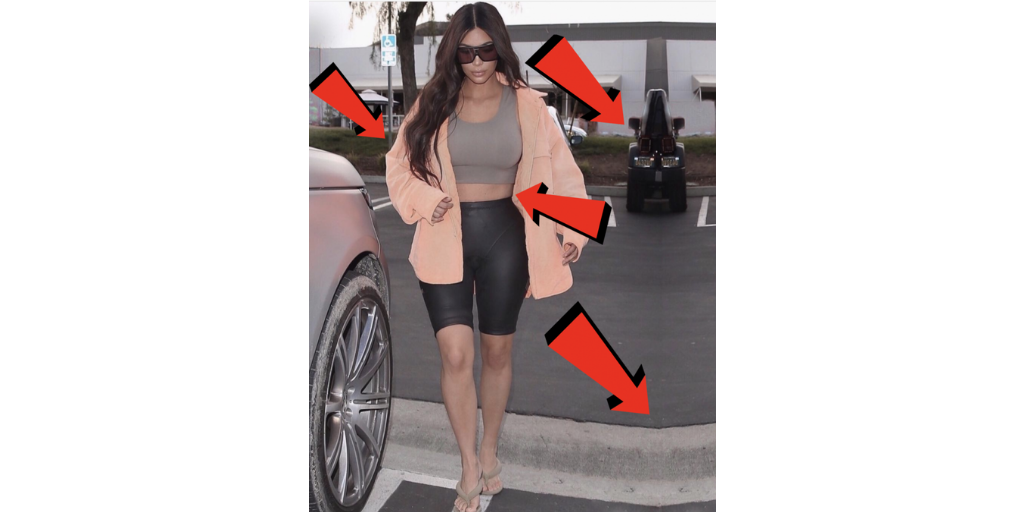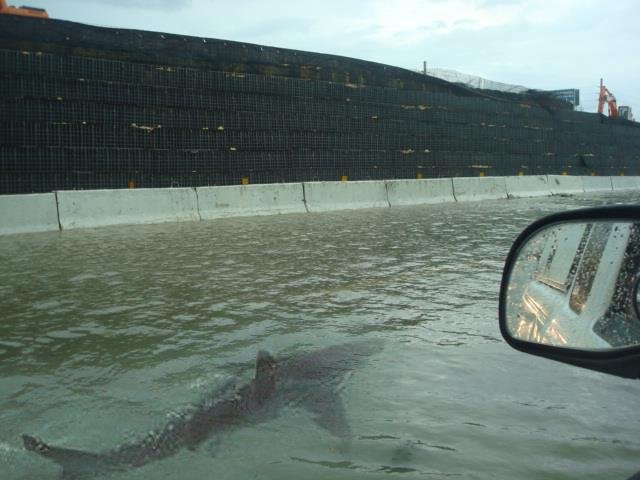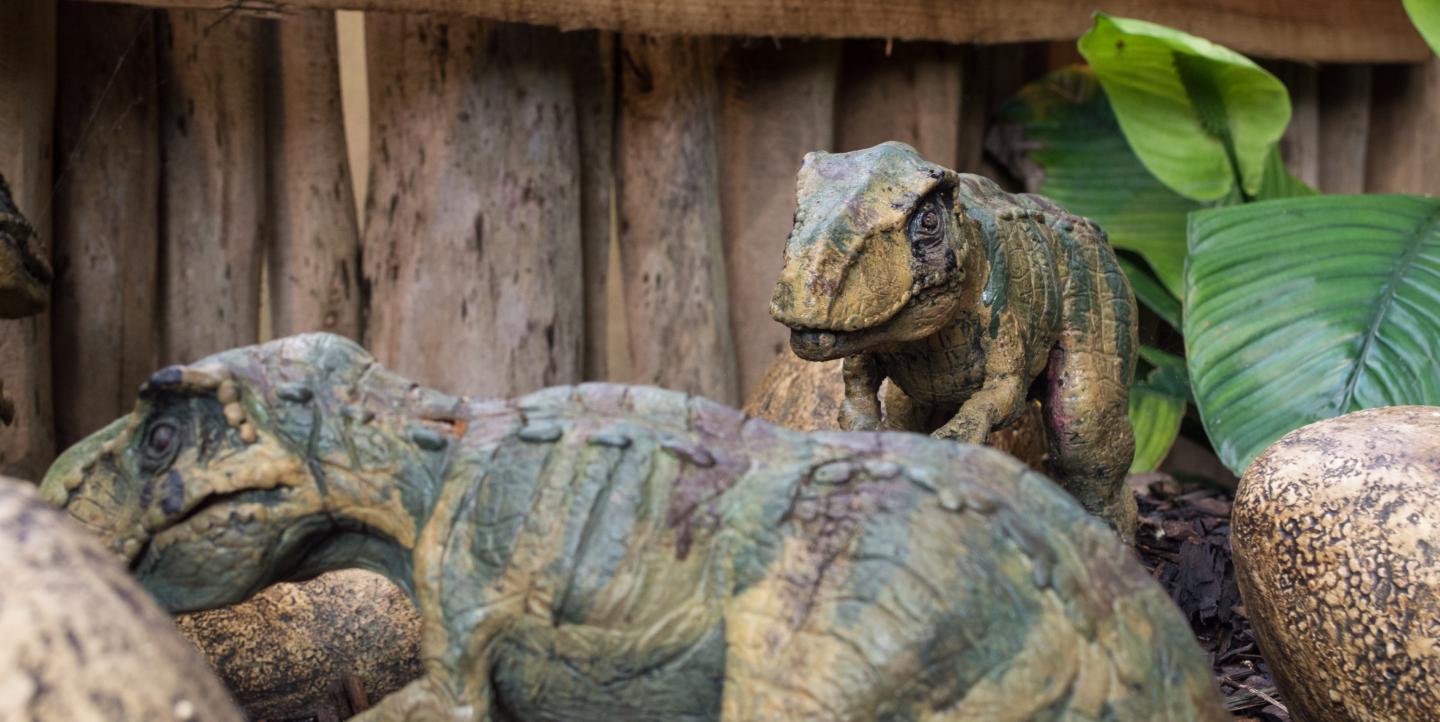In a sea of misinformation, it takes a sharp eye to recognize subtle signs of fakery. Luckily, there are ways to train yourself to recognize an image that’s been edited to mislead you.
Unsure where to start? These resources can help you determine whether an image or video is authentic or fake.
Look over the image.
Before you use any tools, keep an eye out for red flags. Sometimes, it’s easy to spot obvious signs of photo manipulation.
Look for poorly worded text, rough edges within the image, or strange cropping or camera angles — all of these can indicate that the image was edited.
If the image you’re examining is large enough, you can zoom in to check for subtle mistakes you might have missed otherwise.
Here’s a distorted image celebrity Kim Kardashian posted on Instagram.
Can you spot the differences compared to the original? Look closely, and you’re able to see signs of tampering, like the bending pavement and a very narrow car in the background.
While manipulated photos won’t always be as easy to spot as this one, it demonstrates some of the ways you can spot fake photos.

Identify the image's source.
When looking at an image you suspect may be fake, ask yourself where this image comes from and see whether or not other news outlets have also shared the image.
Check out this infamous image of a shark swimming down a highway after a hurricane.
Snopes says the image was “originally circulated as showing a street in Puerto Rico just after Hurricane Irene hit that island in August 2011.” It may seem scary upon first glance, but uploading or copying the image’s URL into Google Reverse Image Search or TinEye will show you that it’s been widely circulated for years, popping up almost every time there’s a water-related natural disaster in the United States.
Results from Tineye show 932 results from Sep. 13, 2011 to March 13, 2019. Snopes says the image is a “digital hoax” that was edited together from an image of a flooded street and a 2005 photo of a great white shark trailing a kayaker.

Does the image make you angry or afraid?
What story does this image paint? How does it make you feel? Think about the story it’s trying to paint. Does it seem credible? Is it believable or far-fetched?
Invoking emotion is a hallmark of quality photojournalism. Famous photographers such as the late Eddie Adams talked about how great pictures could “rip your heart out.” So emotion by itself is not a red flag. But a photo with bad picture quality from a questionable source that also makes you angry … that can be a fake news contender.
Eric K. Clemons from the Wharton School at the University of Pennsylvania writes that misinformation, particularly fake news, “is crafted individually for each group of readers, to resonate with those readers and to produce the strongest possible emotional response.”
Examine what emotional response this image is drawing from you. If it is not coming from a legitimate news source, who might be sending it, and why? Why would someone would want you to feel this way.
Check out this slideshow on the history of photo tampering; it’s full of examples of why and how images throughout the past two centuries were edited. (Disclaimer: Links at the bottom the site are broken because the Izitru image testing and hosting website closed down).
Analyzing it for doctoring with advanced tools.
Want to check for signs of editing that aren’t immediately clear to the naked eye? Copy and paste the image’s URL into FotoForensics, which can identify hidden pixels, error level analysis and metadata details. While it doesn’t outright state whether an image is real or fake, it allows you to see the image in a completely new way that will make mistakes easier to spot.
Was the photo or video taken outside? Do you know when and where it was taken? Then you can try using SunCalc, which shows the sun’s movement throughout the day on a map. Where does SunCalc say the sun would be in the morning? Examine that picture you see of the morning—are the shadows and lighting consistent with what SunCalc says? If not, you may have a doctored image on your hand.
Still a little confused about how to analyze light sources? This guide, “Exposing Photo Manipulation with Inconsistent Shadows,” will teach you how misplaced shadows can indicate an image is counterfeit.
Take long-term steps to recognize future fakery.
There are plenty of browser plugins that can help you recognize fake images. Consider adding the InVID Verification Plugin to your browser to save time and be more efficient in fact-checking. This plugin debunks fake news and verifies videos and images so you don’t have to spend as much time vetting the media you see.
This BBC article provides a number of tactics that can train your eye to recognize the hidden, in-depth signs that reveal whether a photo is real or fake.
This article was originally published by the News Co/Lab at Arizona State University. It was republished on IJNet with permission.
Serena O'Sullivan is an intern at the News Co/Lab.
Main image CC-licensed by Unsplash via Anton Nikolov.

